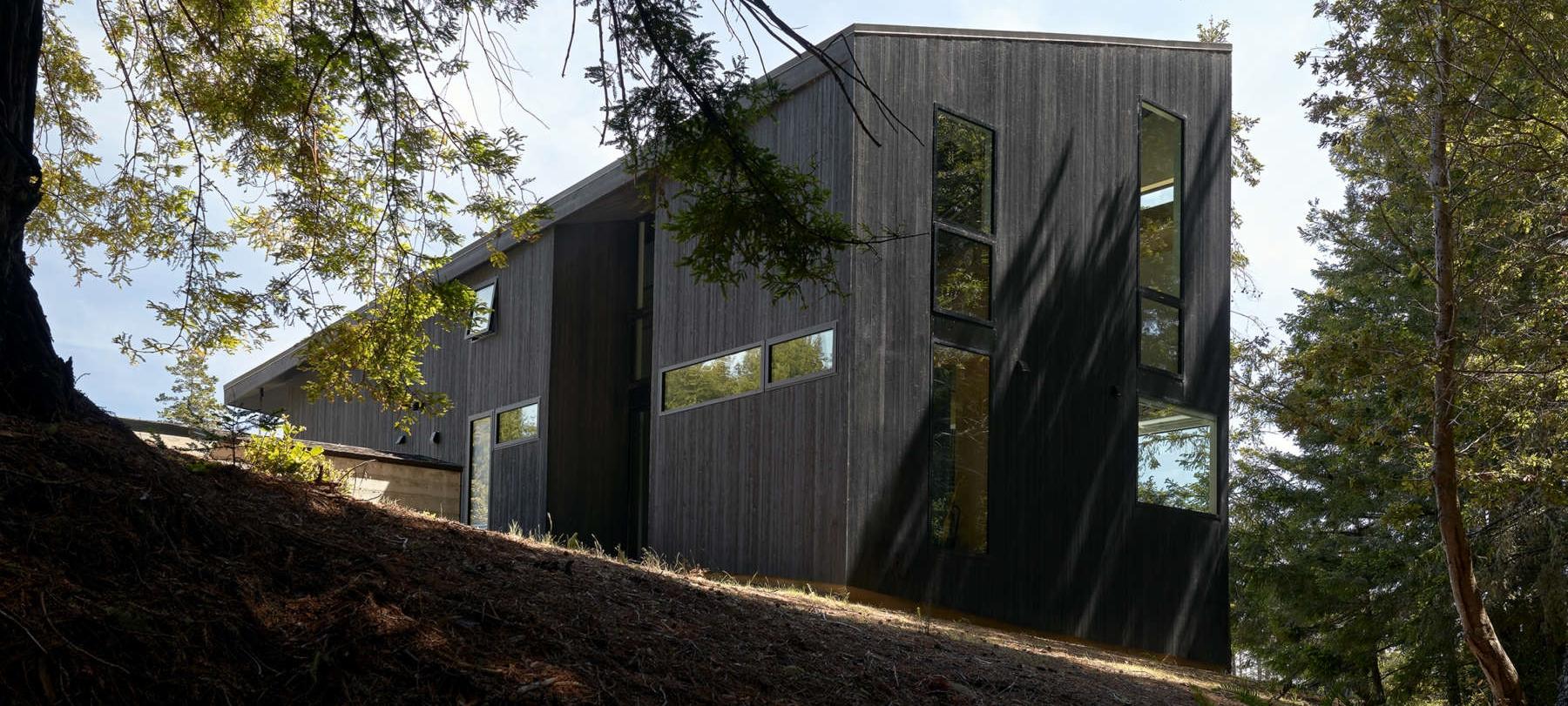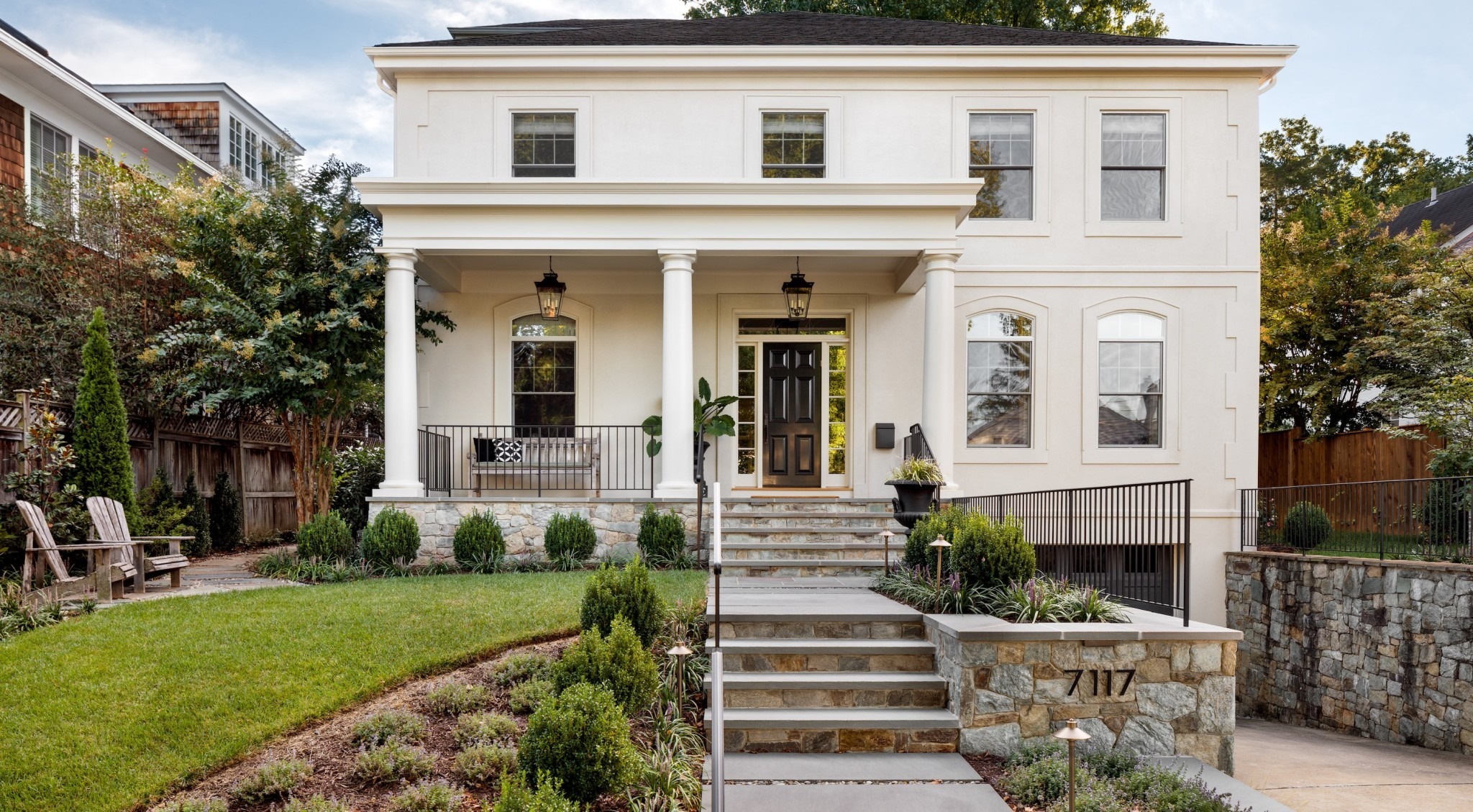Simple geometry is the theme of a new home that a San Francisco-based couple created for themselves at Northern California’s Sea Ranch.
“There’s a diagonal gable from corner to corner so it’s a little faceted looking,” Geoff Campen says. “It tweaks the basic geometry of the barn style houses at Sea Ranch.”
Campen is a principal architect at Klopf Architecture. His wife, Diana Ruiz is an architectural designer with Architecture Allure.
For a while, their home overlooking ocean and forest offered a welcomed, full-time respite from the pandemic. But now they’re back to splitting their time between city and country.
But surely, their prime one-third-acre site at Sea Ranch must beckon. “It’s not on the water, but on the eastern side of Highway 1,” he says. “It’s up the hill a bit so we have a view of the ocean, and the back side is in the woods and the rear rooms have nice vertical glass.”
At 1,600 square feet, it’s relatively small – like most single-family homes at Sea Ranch. It’s open on the first floor – with only two doors, for the powder rooms. Downstairs is the living area, a kitchen, and a studio that doubles as a guest room that can be partitioned off with a curtain. Upstairs is a loft and master suite that’s open as well.
The couple worked within the design parameters set when Sea Ranch was developed back in the early sixties by architect and planner Al Boeke. “Sea Ranch has some aesthetic restrictions which we generally agree with.,” he says. “How it sits on the land is important, and also how it references other houses nearby.”
It’s a very minimal design for a house that sits cleanly on its site. “A lot of the houses here appear almost as objects on the land,” he says. “Foliage runs up to the house, so it shares the landscape, and we extended that idea with a simple geometry.”
It takes advantage of its sloped site with a horizontal view of ocean out front. To the back the house rises to the lot and its soaring windows take advantage of the height of the forest. “As it goes up the to the trees and down to the front it was important that the geometry of the building match the geometry of the site, so the roof slopes down,” he says.
It’s scaled fairly typically for Sea Ranch. “In the front it’s low, and it’s high at the rear,” he says. “And there’s a datum line with windows for a consistent understanding of the house.”
On the upper hillside is a neighbor that’s relatively close, but the new home doesn’t obstruct their view. On the lower side is a double lot, with both neighbors visible from the house. “We had to set the house back to protect the views of the neighbors up the hill,” he says. “That’s why it’s raised – the rooflines don’t have to match but they do have to relate to others on the block.”
The material palette is as simple as the home’s geometry. The exterior is clad in dark-stained cedar that recedes into the shadows of the trees. There are concrete floors, raw steel for counters, cedar ceilings, white oak paneling and white drywall. “There are probably four materials used throughout,” he says.
All in all, theirs is a simple response to a grand site.
For more, go here.
[slideshow id=2412]



